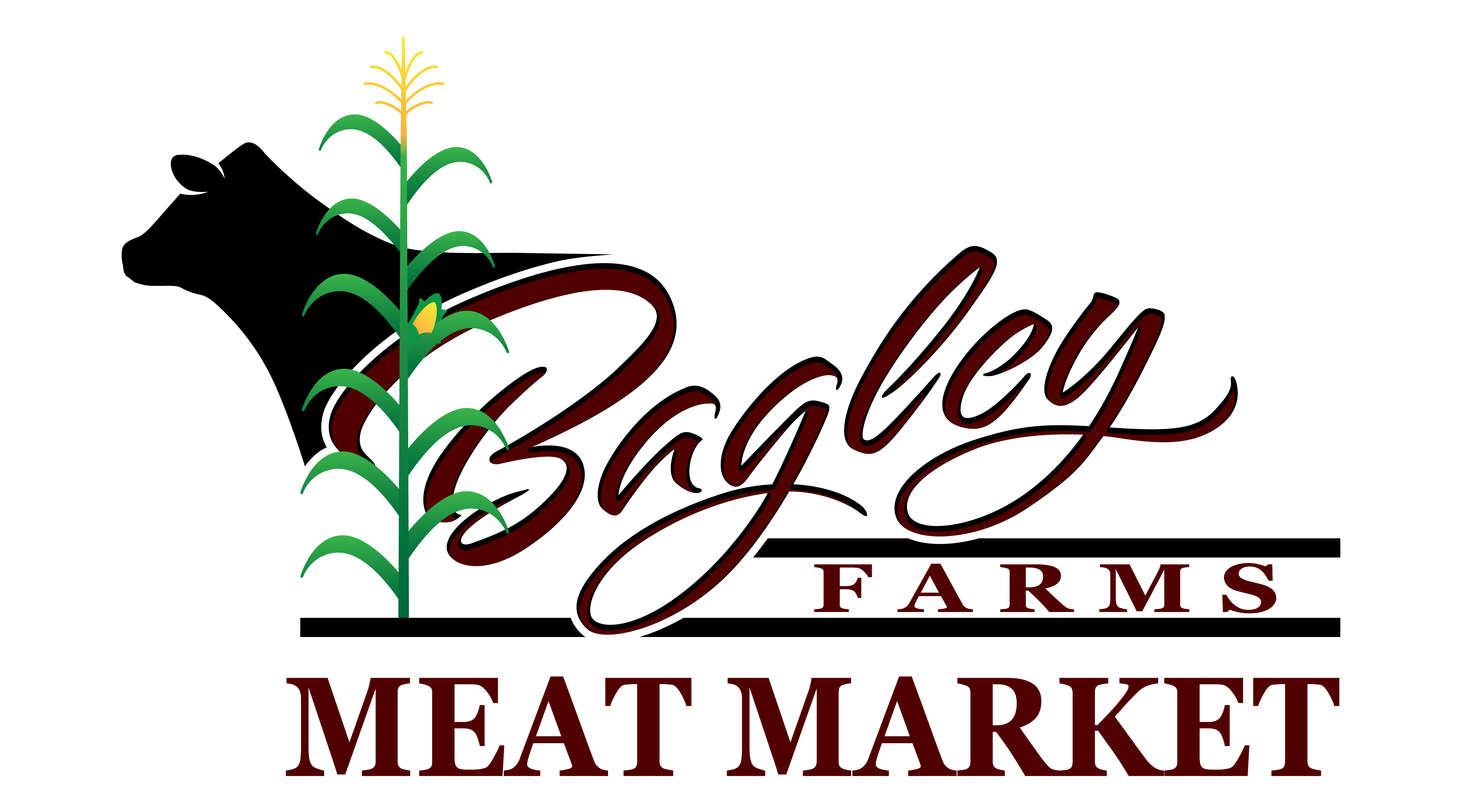What Makes Bagley Farms Meat Market Edwardsville IL Stick Out for Meat Lovers
What Makes Bagley Farms Meat Market Edwardsville IL Stick Out for Meat Lovers
Blog Article
Reveal the Art of the Butcher's Cut in a Modern Meat Market
In the ever-evolving landscape of contemporary meat markets, the butcher's cut has transcended its traditional origins, merging age-old workmanship with modern practices. Today's butchers are not merely processors of meat; they are educated craftsmens that emphasize sustainability and ethical sourcing. Their proficiency in choose and preparing cuts tailored to specific culinary demands provides an unparalleled dining experience. What really sets the modern-day butcher apart is their capacity to build a much deeper connection between customers and the origins of their meat. How do these masters equilibrium practice with development, and what implications does this have for the future of meat consumption?
Evolution of Butchery Techniques
The development of butchery methods reflects a rich tapestry of innovation and adaptation driven by advancements in technology, adjustments in consumer demand, and a deeper understanding of meat scientific research. Historically, butchery was a craft gave through generations, with methods honed over centuries to maximize yield and flavor. Nonetheless, the industrial transformation ushered in automation, changing conventional practices and making it possible for massive handling.
The mid-20th century saw butchery methods better refined by scientific understandings right into muscular tissue biology and meat aging, enhancing both tenderness and taste. Developments like vacuum cleaner packaging and refrigeration prolonged item shelf-life, permitting butchers to expand offerings and enhance quality assurance. This period likewise marked the increase of specific tools, such as band saws and meat slicers, which raised precision and efficiency in meat handling.

The 21st century has actually presented electronic innovation right into the butchery realm. Digital systems currently help in monitoring pet provenance and optimizing cuts to meet specific consumer choices. Additionally, a revival in artisanal butchery has actually arised, blending typical abilities with contemporary understanding to accommodate customers seeking ethical and lasting meat options. This development underscores a dynamic interplay in between practice and development, conference contemporary demands while preserving the craft's heritage.
Understanding Meat Cuts
Understanding the ins and outs of meat cuts is important for both butchers and consumers looking for quality and value. For butchers, exact cuts reflect skill and regard for the craft, making certain marginal waste and optimal yield.

Understanding muscle mass make-up is vital; muscles made use of extra often by the pet have a tendency to be harder and are best fit for slow-moving food preparation approaches, while less-used muscles, like those found in the loin, are a lot more tender and ideal for barbecuing or roasting. Knowledge with these distinctions empowers consumers to make informed selections, improving their cooking endeavors.
Selecting High Quality Meat
Picking the appropriate meat includes even more than just choosing a visually attractive piece from the display. The art of choosing quality meat needs a discerning eye and understanding of certain characteristics that indicate quality and excellence.
Secondly, take into consideration the marbling, which describes the white flecks of fat within the muscle. Appropriate marbling is a vital sign of inflammation and taste, as it thaws during food preparation, boosting the meat's juiciness. Bear in mind, higher marbling often correlates with superior top quality cuts, such as USDA Prime.
Texture is one more important variable; meat ought to really feel solid to the touch, not slimed or excessively soft. In addition, be conscious of the aroma. Fresh meat should have a clean, neutral odor, without any sour or off-putting smells.
Combining Cuts With Food Preparation Techniques

On the other hand, tougher cuts like brisket and chuck roast are rich in collagen, which breaks down right into gelatin when prepared gradually. These cuts are suitable for braising or slow-moving roasting, permitting the see this website meat to tenderize over time and develop deep, intricate flavors. Cuts such as short ribs and pork shoulder get on well with slow-cooking approaches, where expanded cooking times transform their durable structures into succulent meals.
Lamb shanks and oxtail, which need prolonged cooking to soften, are excellent prospects for stewing or sluggish simmering. These approaches coax out rich, hearty flavors while maintaining wetness. By comprehending the distinct features of each cut, cooks and home cooks alike can boost their cooking productions, making certain each meal is both satisfying and unforgettable.
The Butcher's Function Today
Browsing the progressing landscape of the modern meat market, the butcher's role today expands past simple preparation of cuts. Contemporary butchers are culinary artisans, instructors, and supporters for lasting techniques. They connect the gap in between the farm and the fork by making certain moral sourcing, understanding animal husbandry, and prioritizing openness in the supply chain. This change shows the growing customer need for top quality over quantity, where provenance and pet well-being are paramount.
Along with crafting precise cuts, butchers currently engage straight with consumers, offering cooking guidance and tailoring choices to suit specific demands and preferences. Their knowledge in meat aging, marbling, and flavor profiles empowers consumers to make informed choices, enhancing their culinary experiences. This tailored service exemplifies the butcher's developing role as a trusted expert in the cooking area.
Additionally, butchers are critical in minimizing waste, making use of whole pets to develop diverse products such as sausages and stocks. This comprehensive approach not just appreciates the pet however also straightens with contemporary sustainability goals. This way, the modern butcher symbolizes both tradition and development, adapting to an ever-changing market while maintaining the artistry and stability of their craft.
Conclusion
Proficiency in recognizing more information diverse meat cuts and top quality indicators equips butchers to supply enlightened referrals, aligning particular cuts with optimum cooking techniques. By recognizing historic practices while welcoming contemporary needs, the butcher's function continues to be vital in today's sophisticated meat market.
Report this page